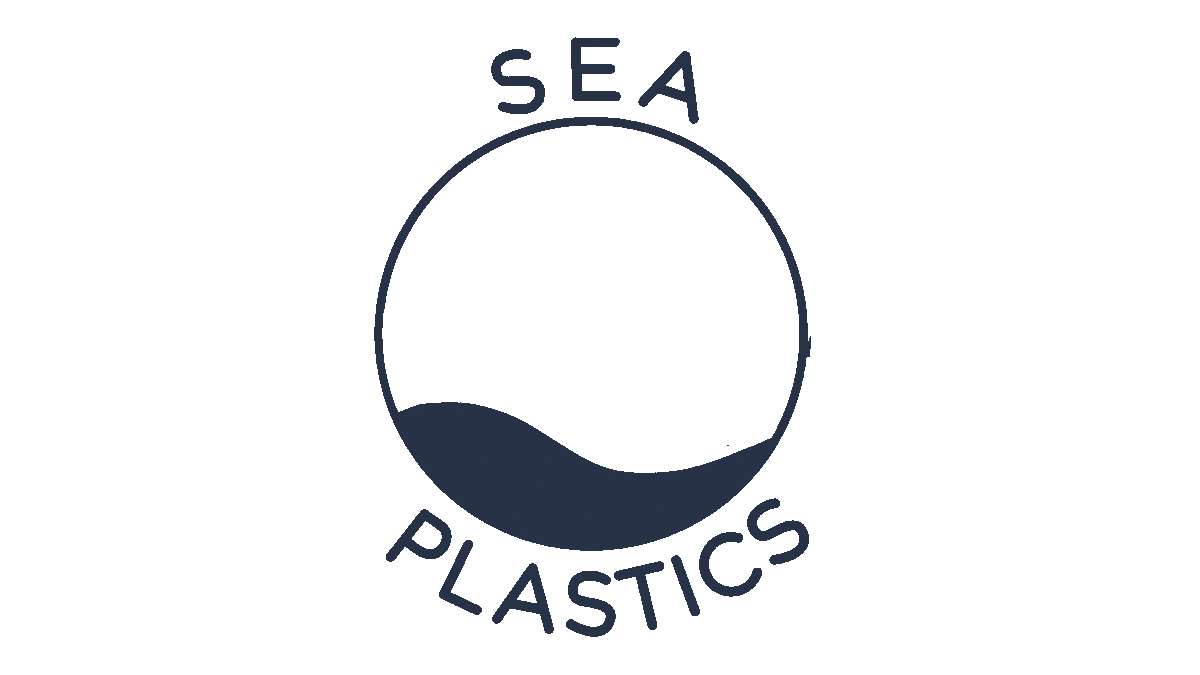#FridayScience 1
Tous on Fridays, we popularize one or more studies on microplastics in the Mediterranean.
Comparison of the bioaccumulation of microplastics by two major filter-feeding organisms: the fin whale and the basking shark
DID YOU KNOW THAT...
The basking shark ( Cetorhinus maximus ) ingests more micro-plastics per day than the fin whale ( Balaenoptera physalus ) ?
Although it may seem incredible due to the size difference, the shark ingests 3.6 times more water (which contains micro-plastic) than the whale. However, the whale accumulates more plastic in its organism. Indeed, the whale ingests large quantities of small crustaceans containing high concentrations of plastic additives, while the shark is less efficient at retaining both nutrients and contaminants.
THE FINDING
Physiological comparison between these 2 organisms:

fin whale
20m long
50,000kg
Filtration 5893 m3/day
Plankton ingested 913 kg/day

basking shark
7m long
4000kg
Filtration 21,144 m3/day
Plankton ingested 31 kg/day
Amount of micro-plastics absorbed per day:

However, we find more tracers of micro-plastics in the whale than in the shark...

Therefore, the bioaccumulation is greater in the whale even if it ingests less micro-plastic.
HOW TO EXPLAIN THIS?

The two organisms do not have the same capacity to retain the particles they filter. Thus, the filtration system of the basking shark is much less efficient than that of the whale.
In addition, the fin whale targets krill-rich areas while the basking shark swims with its mouth open continuously. Thus, the fin whale ingests much larger quantities of krill (913 kg/day) with non-negligible concentrations of plastic additives.
Bibliography :
[1] Fossi, MC, et al., Large filter feeding marine organisms as indicators of microplastic in the pelagic environment: The case studies of the Mediterranean basking shark (Cetorhinus maximus) and fin whale (Balaenoptera physalus), Marine Environmental Research (2014 )
Synthesis: Aitor Fernandez, Benjamin Pannetier
GUI: Benjamin Pannetier
©SEAPLASTICS
